Quiz Nature
Last Updated:
IMPROVE YOUR KNOWLEDGE WITH OUR NATURE QUIZ
Are you a nature enthusiast? We offer a collection of nature quizzes to test your knowledge on various topics, such as animals, plants, ecosystems, climate, etc.
Our nature quizzes are a fun and informative way to learn more about the natural world around us. With our selection of questions on different topics, you can test your knowledge about nature and biodiversity. Do you know the animals that live in tropical forests? Can you identify the different species of birds? Can you name the different geological formations? Our nature quizzes are here to help you answer these questions and expand your knowledge of nature.
Our nature quizzes will help you discover new animals and plants, and learn about the world’s most important ecosystems. Nature quizzes are a fun way to reinforce your knowledge and discover the beauty and complexity of nature. So if you are a nature enthusiast or just curious, come test your knowledge with our nature quizzes.
nature
/ 10

How many harrier subspecies exist?
116
226

🙌 Good answer
According to the reference classification of the International Congress of Ornithology, there are about 16 subspecies of harriers in the world.
Next question

😞 Wrong answer
According to the reference classification of the International Congress of Ornithology, there are about 16 subspecies of harriers in the world.
Next question
nature
/ 10
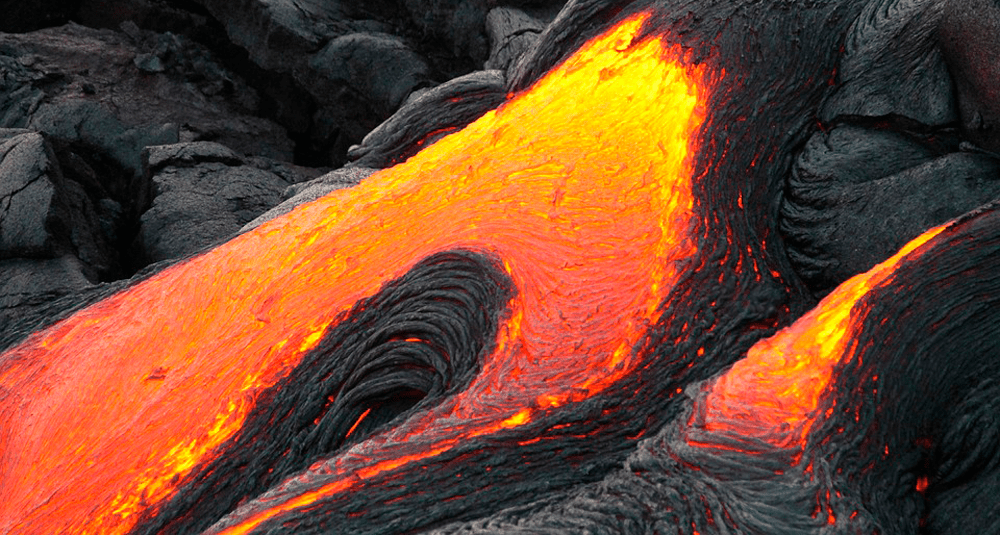
What is the longest lava flow?
2Undara
1Ambrym

🙌 Good answer
The longest lava flow is in Undara, Australia with a length of 160 kilometres.
Next question

😞 Wrong answer
The longest lava flow is in Undara, Australia with a length of 160 kilometres.
Next question
nature
/ 10

What is the time zone conventionally used at the North Pole?
1UTC+0
2UTC+12

🙌 Good answer
The convention requires the use of the UTC+0 time zone, unlike the South Pole where the UTC+12 (New Zealand time zone) is used.
Next question

😞 Wrong answer
The convention requires the use of the UTC+0 time zone, unlike the South Pole where the UTC+12 (New Zealand time zone) is used.
Next question
nature
/ 10
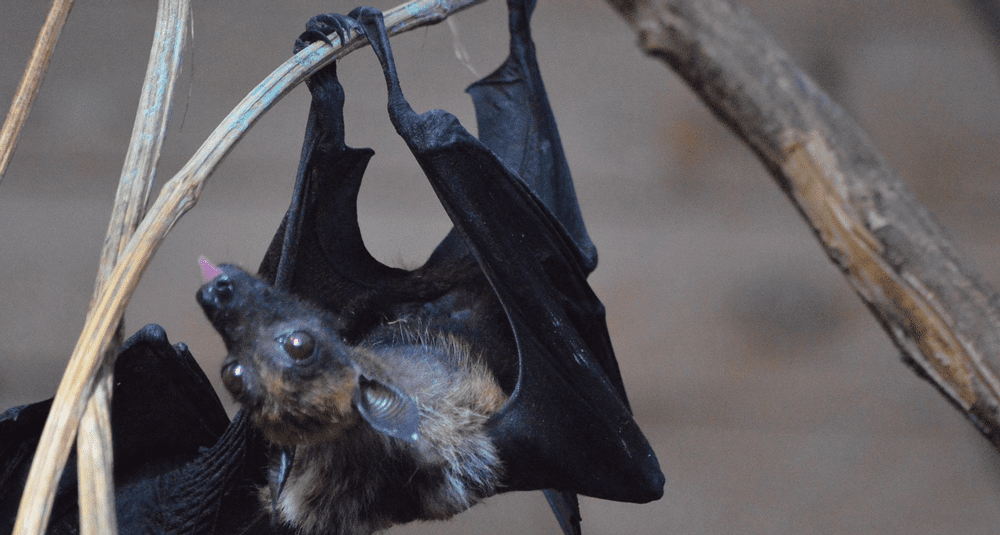
What is the bat's scientific name?
1Chiroptera
2Pteromyini

🙌 Good answer
The bat's scientific name is Chiroptera. These flying mammals play an essential role in ecosystems, notably as pollinators and insect population controllers.
Next question

😞 Wrong answer
The bat's scientific name is Chiroptera. These flying mammals play an essential role in ecosystems, notably as pollinators and insect population controllers.
Next question
nature
/ 10

In what ocean does the narwhal live?
1Arctic
2Antarctic

🙌 Good answer
The narwhal lives mainly in the Arctic Ocean. This unique animal is known for its long, spiral tusk, often called a unicorn horn.
Next question

😞 Wrong answer
The narwhal lives mainly in the Arctic Ocean. This unique animal is known for its long, spiral tusk, often called a unicorn horn.
Next question
nature
/ 10
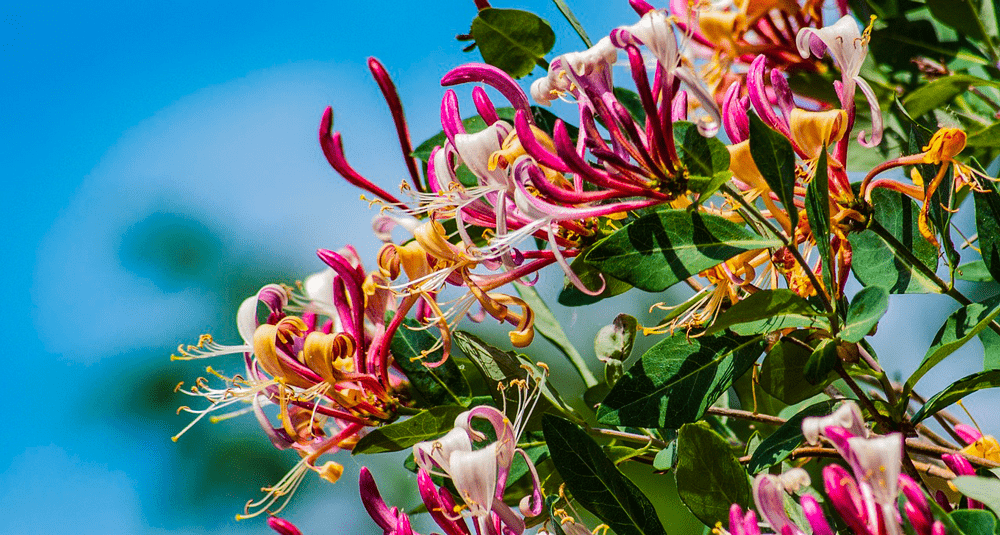
Under what name is the genus lonicera also known?
2Honeysuckle
1Buttercup

🙌 Good answer
Honeysuckle (genus Lonicera) are shrubs or lianas of the Caprifoliaceae family. Some species are also commonly known as camerias. Approximately 200 species are known in temperate regions of the northern hemisphere and sub-tropical regions.
Next question

😞 Wrong answer
Honeysuckle (genus Lonicera) are shrubs or lianas of the Caprifoliaceae family. Some species are also commonly known as camerias. Approximately 200 species are known in temperate regions of the northern hemisphere and sub-tropical regions.
Next question
nature
/ 10
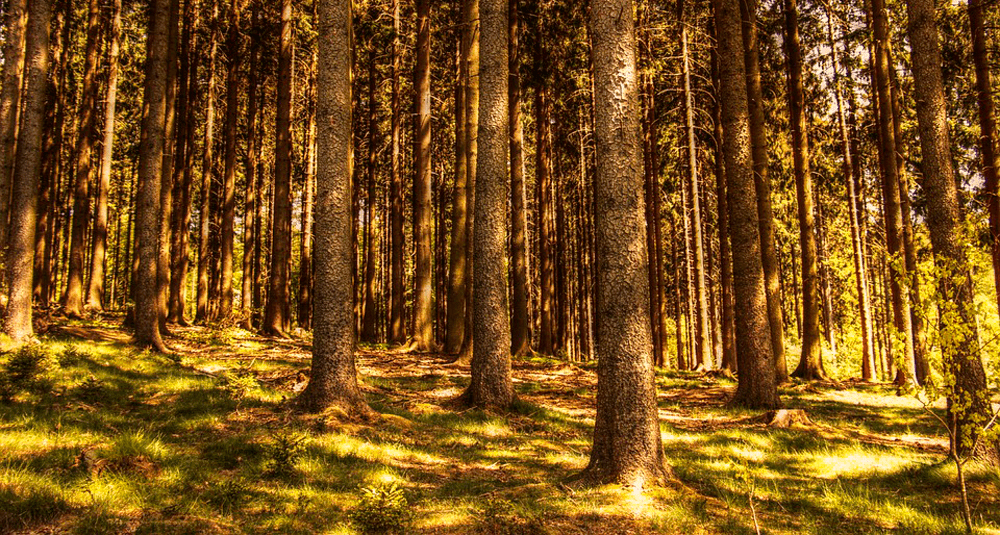
What coniferous people a spruce forest?
1Spruces
2Sequoia

🙌 Good answer
A spruce forest is a plantation or a natural forest populated with spruce (Quebec spruce).
Next question

😞 Wrong answer
A spruce forest is a plantation or a natural forest populated with spruce (Quebec spruce).
Next question
nature
/ 10
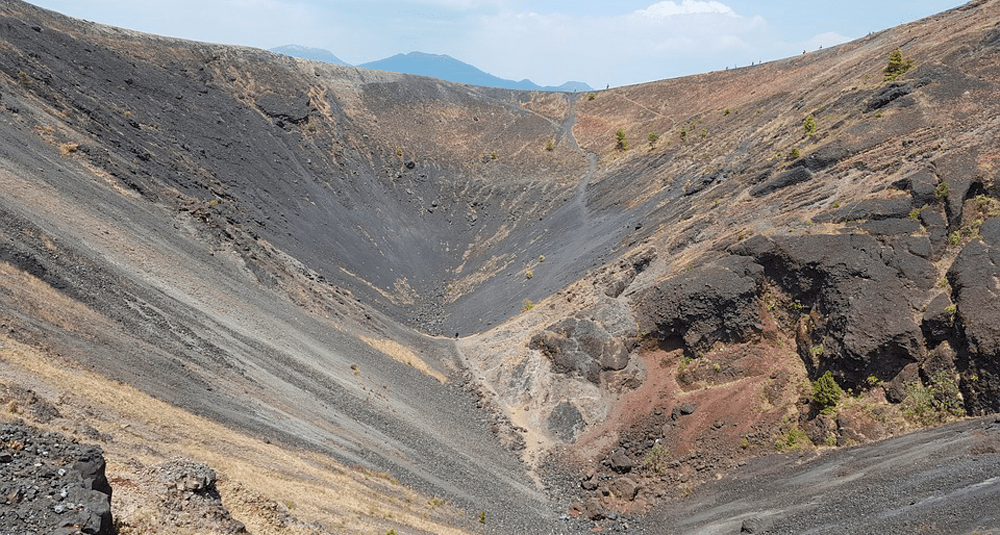
What is the youngest volcano?
2Ardoukoba
1Paricutín

🙌 Good answer
The youngest volcano is Ardoukoba with a first eruption in November 1978 while Paricutín had its first eruption in 1943.
Next question

😞 Wrong answer
The youngest volcano is Ardoukoba with a first eruption in November 1978 while Paricutín had its first eruption in 1943.
Next question
nature
/ 10
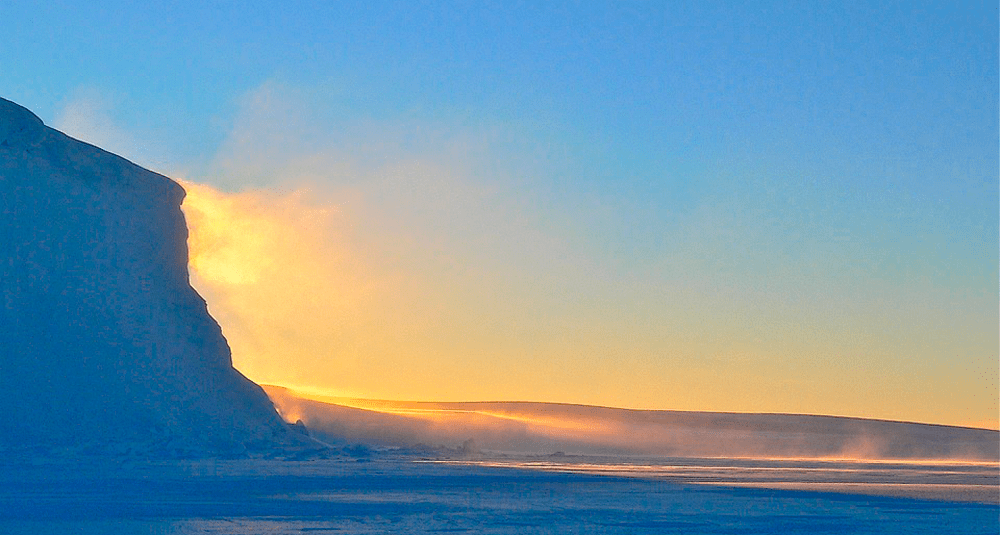
When did Ivan Papanine reach the North Pole?
21937
11927

🙌 Good answer
The Soviet Ivan Papanin landed there by plane on May 21, 1937.
Next question

😞 Wrong answer
The Soviet Ivan Papanin landed there by plane on May 21, 1937.
Next question
nature
/ 10

Where do albatrosses live?
2Southern hemisphere
1Northern hemisphere

🙌 Good answer
Albatrosses live mainly in the oceanic regions of the southern hemisphere, notably around Antarctica, South America, South Africa and Australia.
Next question

😞 Wrong answer
Albatrosses live mainly in the oceanic regions of the southern hemisphere, notably around Antarctica, South America, South Africa and Australia.
Next question




